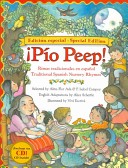
A collection of more than two dozen nursery rhymes in Spanish, from Spain and Latin America, with English translations.

A collection of more than two dozen nursery rhymes in Spanish, from Spain and Latin America, with English translations.
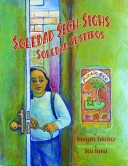
Soledad’s friends help her discover the many things that she can do to entertain herself when she is alone in her apartment.
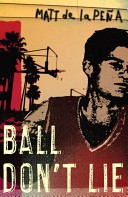
Sticky is a beat-around-the-head foster kid with nowhere to call home but the street, and an outer shell so tough that no one will take him in. He started out life so far behind the pack that the finish line seems nearly unreachable. He’s a white boy living and playing in a world where he doesn’t seem to belong. But Sticky can ball. And basketball might just be his ticket out . . . if he can only realize that he doesn’t have to be the person everyone else expects him to be. A breakout urban masterpiece by newcomer Matt de la Peña, Ball Don’t Lie takes place where the street and the court meet and where a boy can be anything if he puts his mind to it.
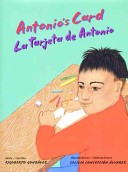
With Mother’s Day coming, Antonio finds he has to decide about what is important to him when his classmates make fun of the unusual appearance of his mother’s partner, Leslie.
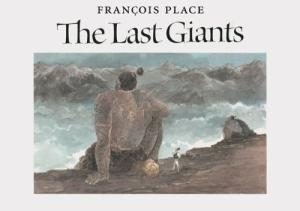 The Last Giants is an exceptional book, containing a poignant message about the fragility of our world and its inhabitants’. After finding a huge tooth on the docks, English explorer Archibald Leopold Ruthmore sets out to seek the race of giants to whom the tooth belongs and discovers nine giants, the survivors of a singularly gentle and kindly race.
The Last Giants is an exceptional book, containing a poignant message about the fragility of our world and its inhabitants’. After finding a huge tooth on the docks, English explorer Archibald Leopold Ruthmore sets out to seek the race of giants to whom the tooth belongs and discovers nine giants, the survivors of a singularly gentle and kindly race.
The fables of La Fontaine are one of the great treasures of French literature. Based on Aesop’s legendary tales, La Fontaine’s stories capture the charm, the humor, and the wisdom of the seventeenth century. This book offers prose adaptations of the fables of La Fontaine’s most beloved poems.
The king of the storks grants the drummer three wishes for carrying him across the river.
Alone in a meadow one day, Proserpina is happily gathering flowers for her mother when she spies a blossom more beautiful than any she has ever seen. Moments later, she is gone–kidnapped by Pluto, lord of the Underworld, who wants to make her his bride. Sorrowing, Cres wanders her domain, searching for her lost child. At last, in a burst of wrath, she vows to turn the earth into a wasteland unless Proserpina is returned to her.
When his seven years’ wages in gold proves too heavy to carry, Jack trades it in for one thing after another until he arrives home empty-handed but convinced he is a lucky man.
Eating onions every day and having their house filled with onions is too much for the husband whose wife insists they keep away evil spirits.